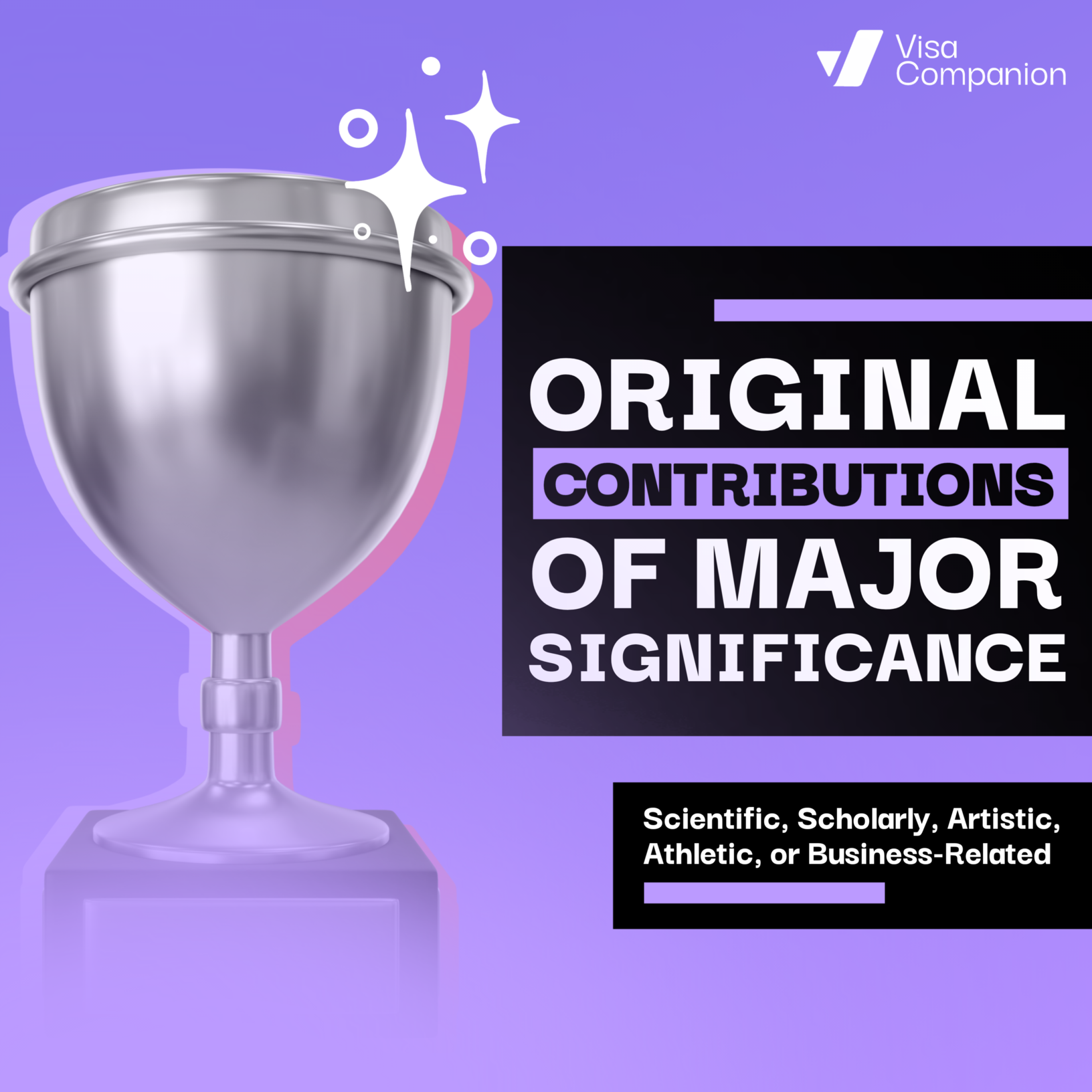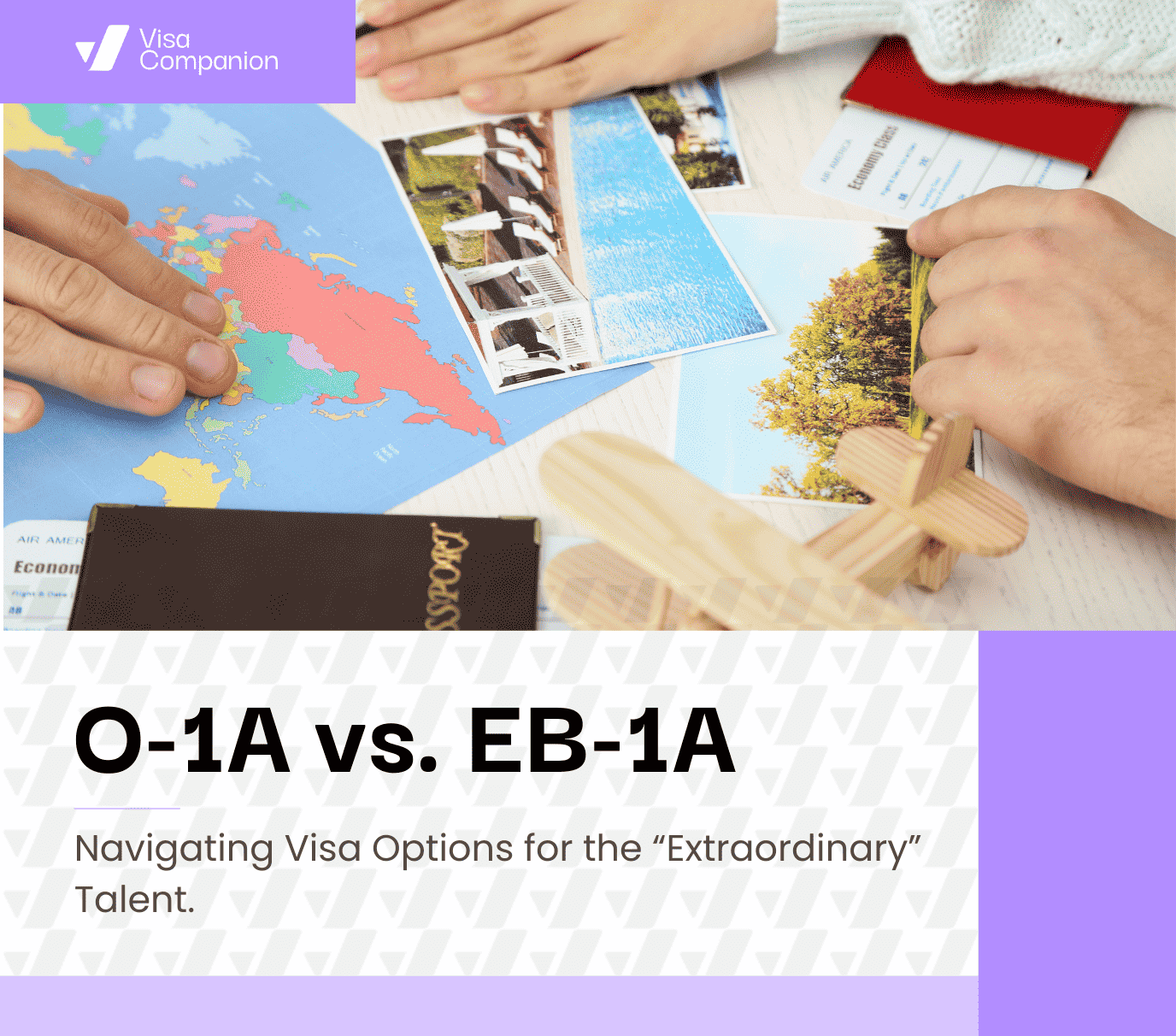Evidence of Original Scientific, Scholarly, Artistic, Athletic, or Business-Related Contributions of Major Significance to the Field

Evidence of Original Scientific, Scholarly, Artistic, Athletic, or Business-Related Contributions of Major Significance to the Field
The EB-1A visa, being a strong visa for extraordinary individuals who demonstrate that they have an extraordinary ability and have achieved sustained national or international acclaim, has the criterion "evidence of original scientific, scholarly, artistic, athletic, or business-related contributions of major significance to the field" to prove the petitioner's strong ability as one of the regulatory criteria.
This criterion for an EB-1A visa requires you to demonstrate that your work has made a substantial and lasting impact on your industry. This can be achieved through a variety of ways, such as groundbreaking research, innovative creations, or revolutionary business strategies.
When evaluating whether your work meets this criterion, consider the following factors:
- Originality: Is your work new and innovative, introducing novel ideas or techniques? Your work must be unique and not simply a replication of existing ideas.
- Significance: Has your work solved significant problems, advanced knowledge, or improved practices in your field? Your contributions should have a substantial impact on your field, whether it's scientific, scholarly, artistic, athletic, or business-related.
- Major Impact: How has your work affected your industry or society as a whole? Your work should be widely recognized and respected by others in your field. Has your work been recognized by peers, industry experts, or the public through awards, citations, or publications?
Types of Evidence to Support the Criterion
To support your claim, you can provide various types of evidence, including:
- Published Materials: Articles, books, or research papers that discuss the significance of your work.
- Testimonials: Letters or affidavits from experts in your field praising your contributions.
- Citations: Evidence that your work has been cited frequently by others in the field.
- Patents or Licenses: Patents or licenses related to your work can demonstrate its originality and commercial value.
- Commercial Use: Evidence that your work has been widely used or commercialized can also be helpful.
Examples of Major Contributions to Support the Criterion
Here are some examples of contributions that could potentially meet this criterion:
- Scientific discoveries: Breakthroughs in research that have led to new understanding or applications.
- Artistic innovations: Groundbreaking works of art that have redefined genres or influenced artistic movements.
- Business innovations: Revolutionary business strategies or technologies that have transformed industries.
- Athletic achievements: Records or accomplishments that have significantly advanced a sport or inspired others.
Some tips to help you build a strong case for meeting this criterion:
1. Compile a comprehensive portfolio showcasing your accomplishments, such as published research, intellectual property, honors, and accolades.
2. Articulate the transformative effect of your research on your discipline and its positive implications for the broader community.
3. Secure testimonials from esteemed colleagues endorsing the value and originality of your contributions.
4. Illustrate how your accomplishments underscore your exceptional talent and potential to make a lasting impact as a leader in your area of expertise.
By meticulously documenting your achievements, eloquently highlighting their significance, providing credible endorsements, and effectively connecting your contributions to your overall qualifications, you can create a compelling narrative that showcases your extraordinary potential and positions you as a leading candidate for advancement through the criterion of evidence of original scientific, scholarly, artistic, athletic, or business-related contributions of major significance to the field.
Related Blogs

Navigating EB2-NIW and EB-1A Visa Timelines: Strategies for Efficient Processing
June 2, 2023Understanding the processing times for EB2-NIW (National Interest Waiver) and EB-1A (Extraordinary Ability) visas is crucial for applicants aspiring to obtain these U.S. employment-based preference visas.

O-1A vs. EB-1A: Navigating Visa Options for the "Extraordinary" Talent
April 22, 2023Explore the differences between the O-1A and EB-1A visas for talented individuals immigrating to the US. Learn about the temporary, sponsored O-1A visa versus the permanent, self-petitioning EB-1A option. Gain clarity on which visa aligns best with your goals.

EB1A: Are You a Leader in Your Field?
Sept 09, 2024Understanding whether you qualify for the EB-1A visa can be challenging, particularly when assessing if you have played a leading or critical role in a distinguished organization. This blog post aims to provide you with clear tools and insights to help evaluate and demonstrate your eligibility under this specific criterion, ensuring you present a compelling case to USCIS adjudicators.

Maximize Your EB-1A Chances: Evaluate Your Memberships
Sept 19, 2024The goal of this post is to help you assess whether you can argue that you meet the second of the ten EB-1A criteria: holding a membership in an association that demands outstanding achievement from its members.